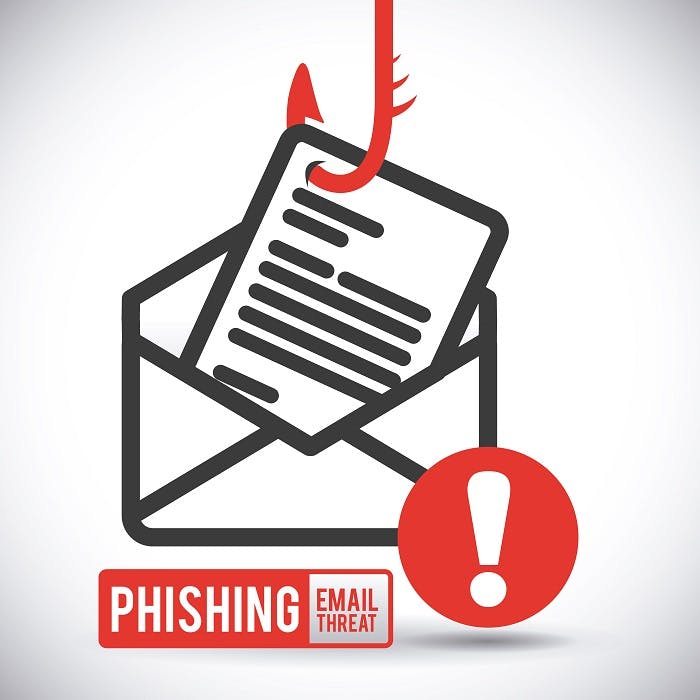Online networking has become second nature to many professionals. On a daily basis, most of us receive a flow of networking messages, including offers to connects, invitations to join groups, announcements from connections, and industry news alerts. Often these messages direct us to click on a hyperlink. In an effort get through our messages, we may click before scrutinizing from where the message is coming. Now, more than ever, we need to be vigilant against phishing scams.
Phishing is a predatory act in which a fraudulent party emails likely members of a web community to entice them to follow a link to a fraudulent website and obtain confidential data. This data may include usernames, passwords, banking information, social security numbers, credit card numbers, and other sensitive data. Many of these scammers are quite good at replicating the appearance of a legitimate company’s website and typical email messaging. What may look like a genuine message from LinkedIn could be a fake.
You can take steps to avoid these scams. Signs of a phishing message may contain misspelled words and poor grammar. Also, beware if the message is not addressed to you personally or if you are asked to act immediately to open an attachment or to initiate a software update.
Roll your cursor over the link to view the address. Often scams will have the legitimate company’s name someone in the URL – but not in the right order. (www.linkedin.rgh.com rather than www.linkedin.com) Also, messages coming from LinkedIn will contain a security footer to help you to verify the message is authentic. The security footer message alone does not guarantee that an email is legitimate. However, it is an additional way to scrutinize a message for legitimacy. If you are concerned about a suspicious message from a sender possibly impersonating LinkedIn, forward the entire email to safety@linkedin.com.
The Bottom Line
It is not necessary to reduce your online networking activity. Networking is essential to your success. However, be wise when networking online. It may take an extra moment, but rather than clicking on a link to LinkedIn from an incoming message (or any site for that matter), open a new browser window to access LinkedIn.com directly. When you reach LinkedIn, you can check your inbox and attend to your daily networking activities.
There are opportunists everywhere, both on and offline. Be aware and take care to protect yourself.
